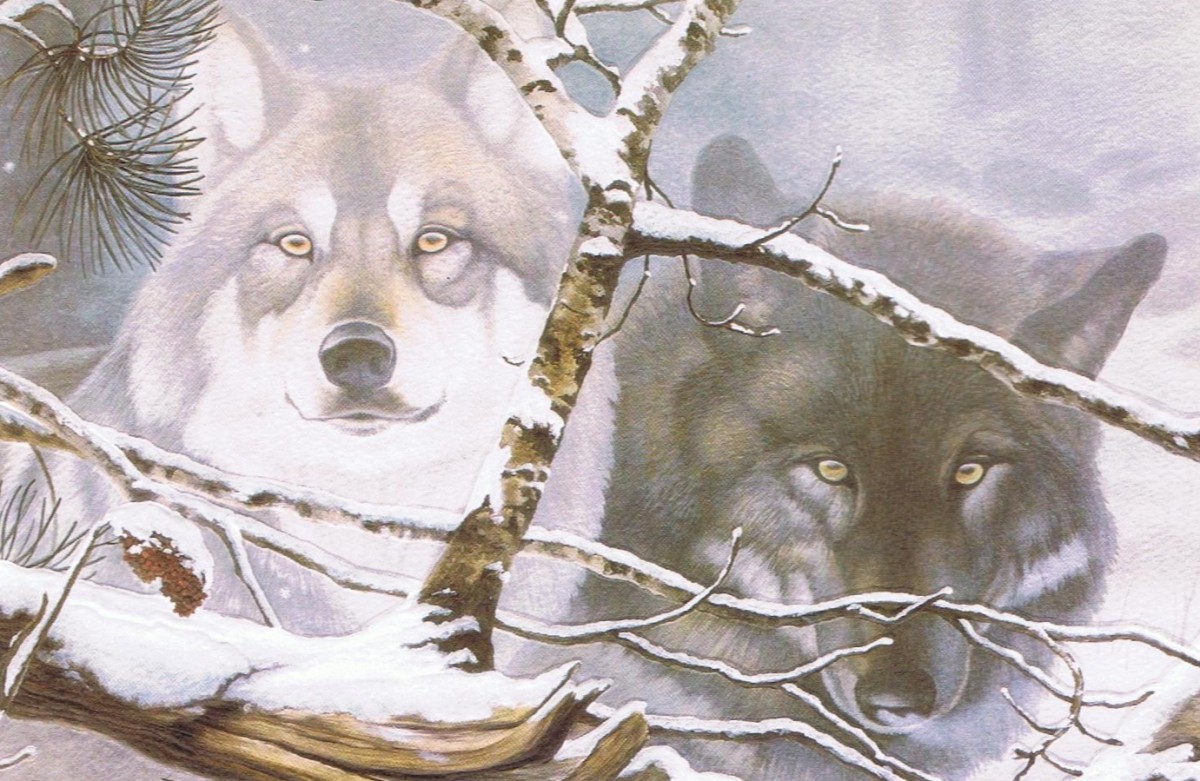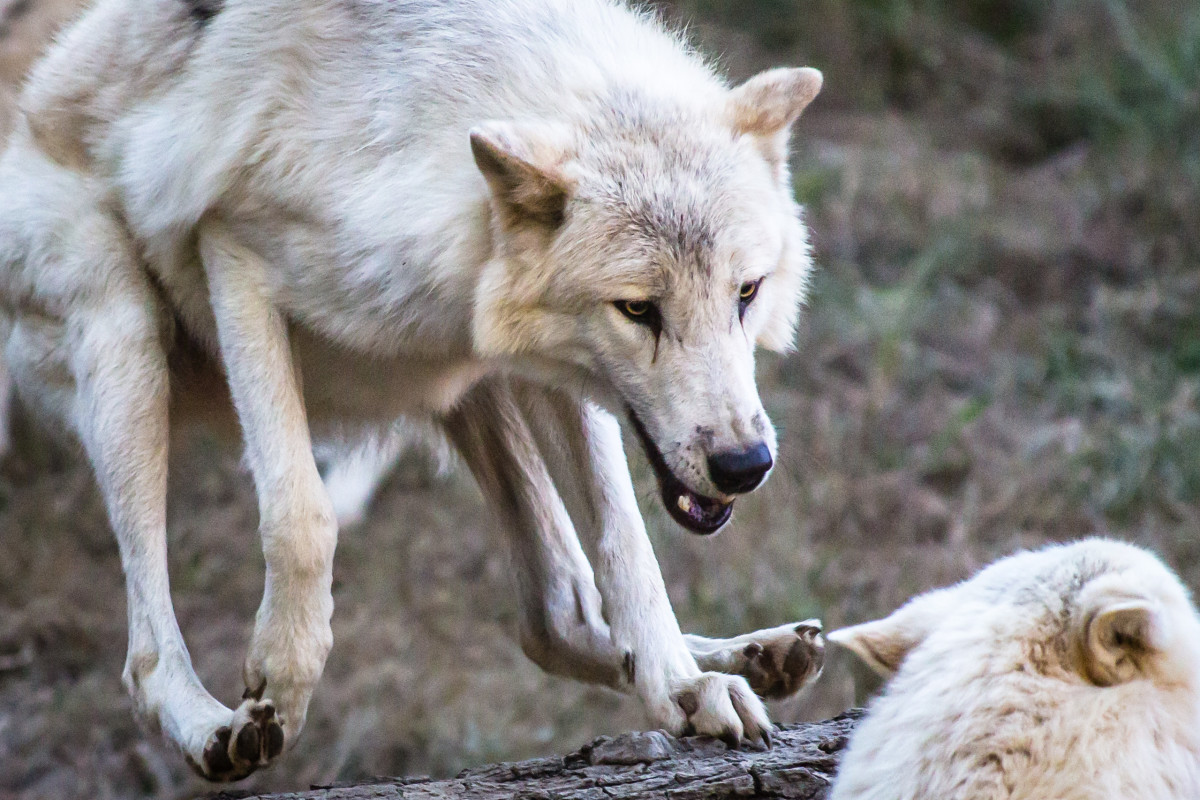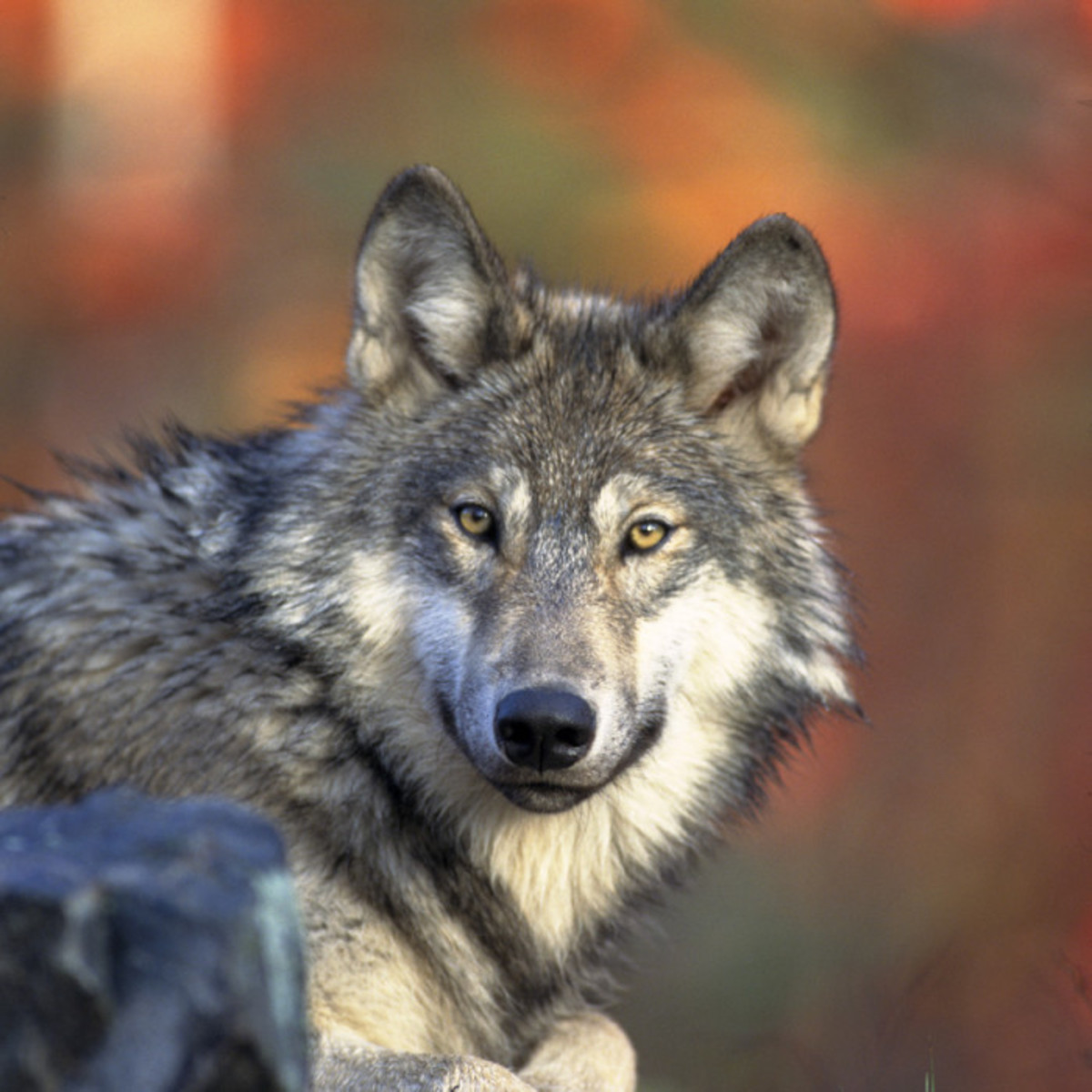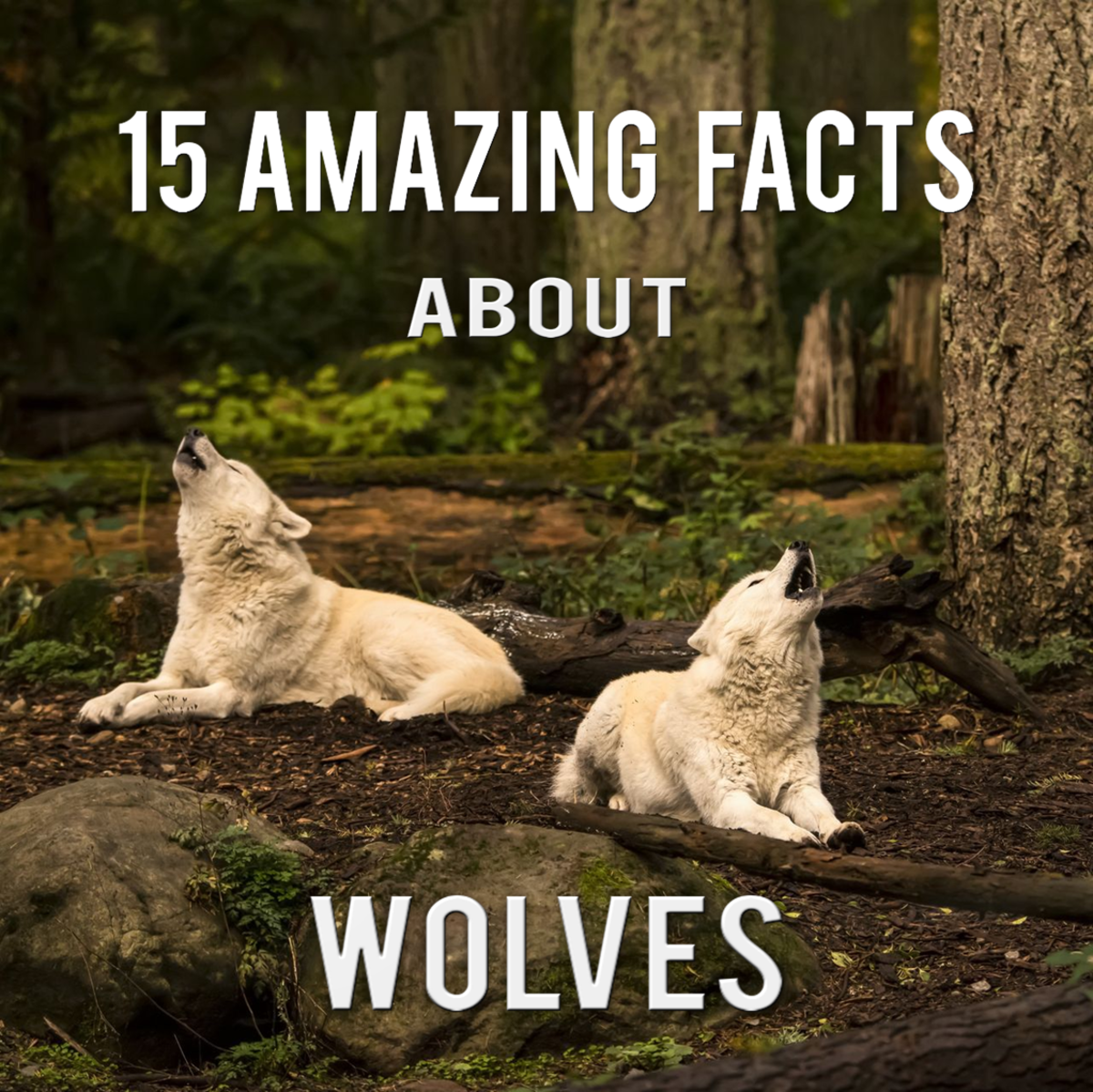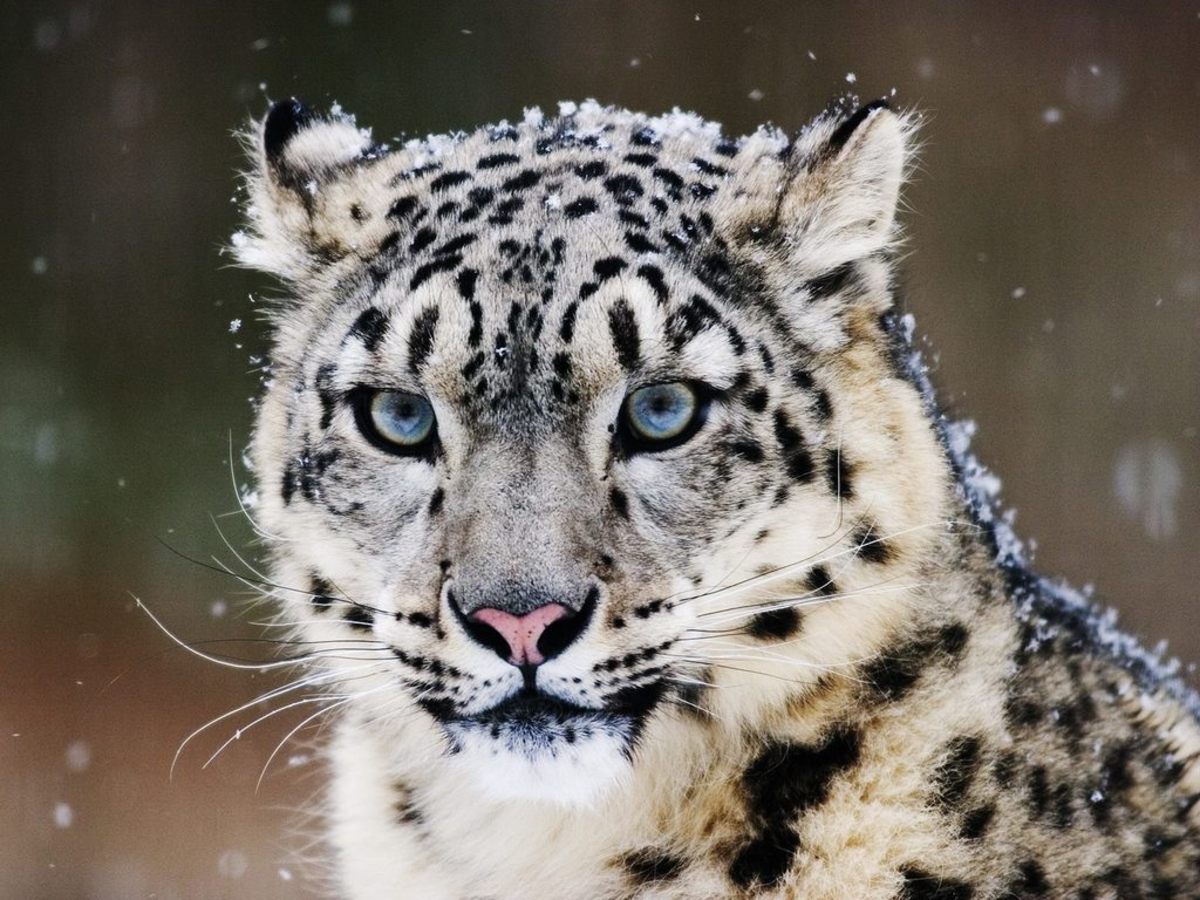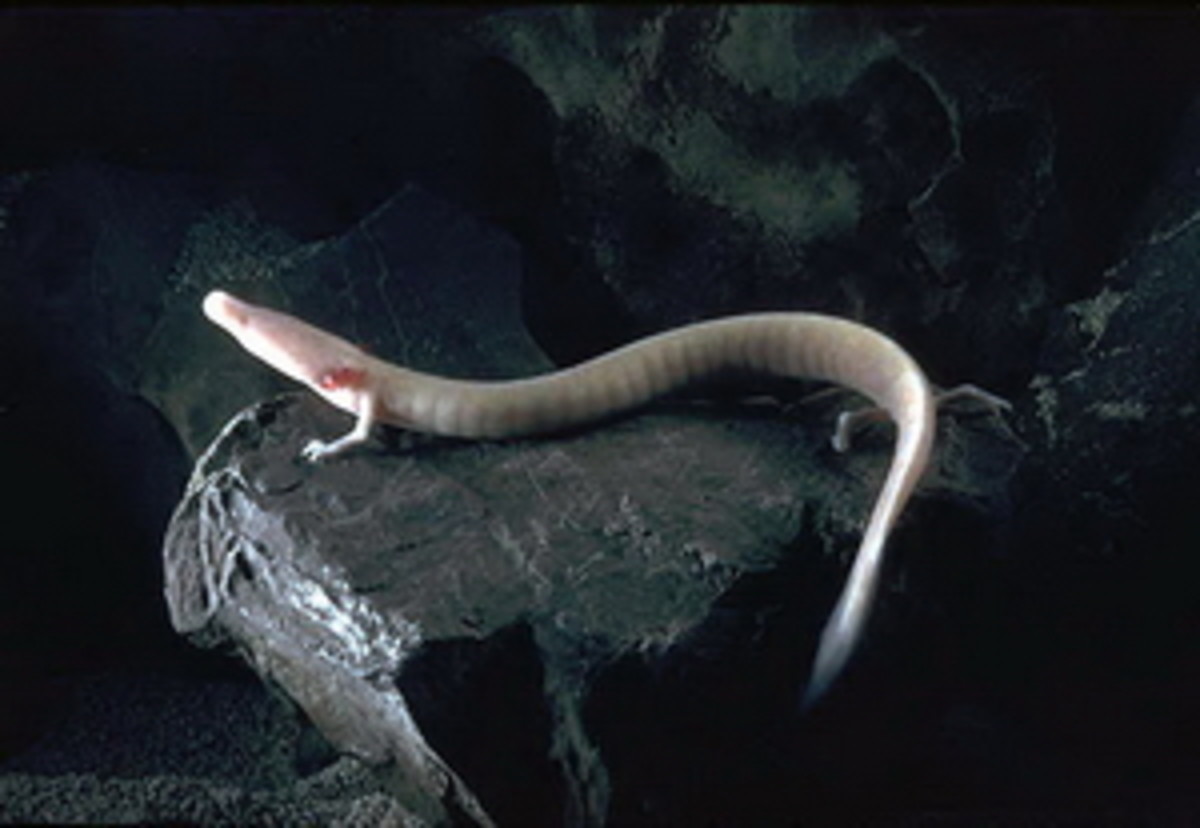- HubPages»
- Education and Science»
- Life Sciences»
- Endangered Species
The Apennine Wolf
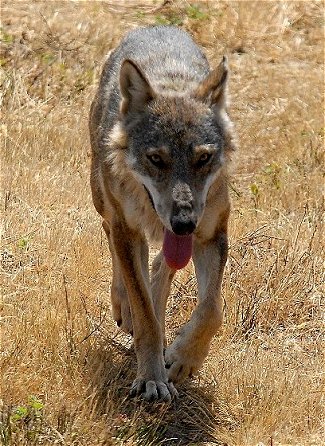
Sibillini National Park
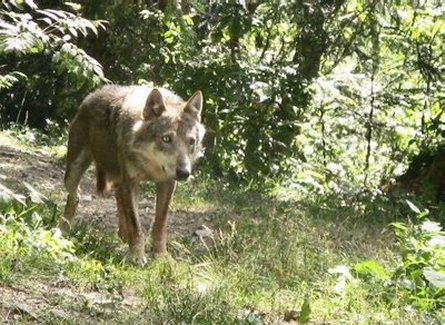
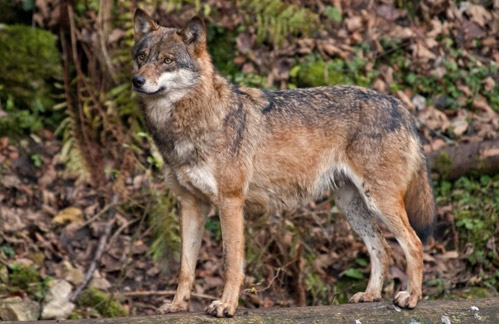
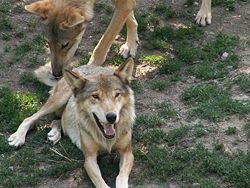
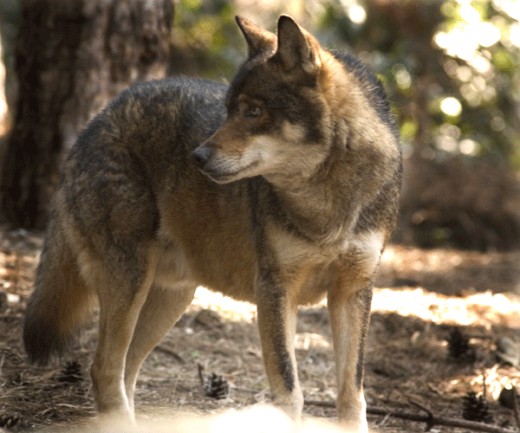
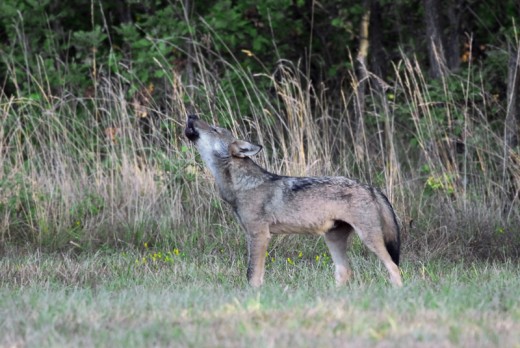
The Apennine/Italian Wolf (Canis lupus italicus)
This relatively rare wolf is a sub species of the Grey Wolf, and thankfully has a very pure lineage unaffected by interbreeding with dogs. It was first documented in 1921, but was not actually recognised as a sub species of Wolf until 1999.
Although found mostly in the Apennines, it has recently crossed through the Alps in to Switzerland where it has been sighted.
This Wolf is of medium size, the male reaching weights of 88lbs and the female about 10% lighter. Their colouring is a blended brown or grey, but there have been , again recently, black Italian Wolves seen in the Murgello Region of Italy and the Tuscan-Emilian Apennines.
They are nocturnal hunters and their diet consists of Chamois, Red deer, Roe deer and Cinghali(Wild Boar), they will also sometimes eat berries and wild fruit for roughage. The packs tend to be small in number, but this is due to the scarcity of big prey animals in the wild. It is only in the protected National parks here in Central and in Northern Italy that they may number as many as 7 animals.
A pack consists of the Alpha pair who are the ones who reproduce, pups and younger adults who will remain with the family unit until of an age to breed themselves. At this time they will disperse and either join another pack, or form their own.
Mating takes place in mid_march and there is a 2 month pregnancy, the mothers age determining how many cubs will be born per litter. This can be anything from 2-8 with the cubs at birth weighing in 250-350 grams. Their eyes open at 11-12 days old, and they are weaned off an entirely milk diet around 45days old, although they cannot digest meat easily until in their third to fourth month of age. Something truly special about wolf packs is the care of each other and particularly the young. They form a really close family unit and so even if one or both of the Alpha parents is away hunting the youngest of the pack will always be cared for.
- WolfWatcher.org | National WolfWatcher Coalition | Understand. Love. Protect.
Website promoting the protection of, respect for, and spirit of the Wolf. - The Wolf Army
The Wolf Army aims to help save the wolves of the world from persecution and eventual extinction.
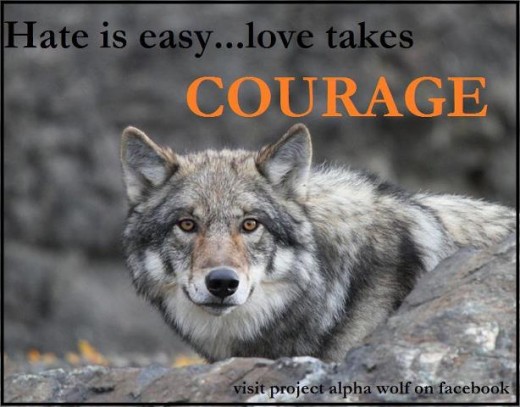
Conservation and Conservation Status
Under the Berne Convention wolves are listed as Endangered, the Apennine Wolf is considered in a Vulnerable state. It is illegal to kill them, however official culls are permitted to protect farm animals but only if there is no threat to the number of Italian Wolves.
And hereby lies the problem. Some of the Apennine Wolves have been reintroduced into the wild in areas where there are too few prey animals, particularly in the winter months. As the deer and Cinghali move down the mountains in search of food , so the wolves follow. This almost always leads them to farming and populated areas, and of course here the wolves find easy prey in the farm animals, mostly sheep.. Illegal or not, there is retaliation and wolves are shot. So although the numbers have climbed to 500-600 maintaining and increasing the wolf population is going to be and is a conservation nightmare!!


